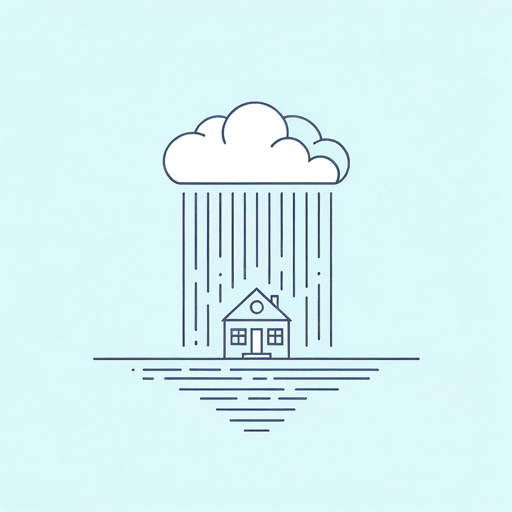31 pages • 1 hour read
Anton ChekhovThe Darling
Fiction | Short Story | Adult | Published in 1899A modern alternative to SparkNotes and CliffsNotes, SuperSummary offers high-quality Study Guides with detailed chapter summaries and analysis of major themes, characters, and more.
Story Analysis
Analysis: “The Darling”
“The Darling” traces Olga’s Love and Dependence, which prevent her from asserting her Agency and Individual Identity, locking her into a cycle of profound happiness and despair. Trapped by her own deep-rooted reliance on others for her sense of self, Olga fails to change by the end of the story.
To convey the cyclical nature of Olga’s relationships, Chekhov uses a distinct structure, which acclaimed contemporary writer George Saunders calls a “pattern story” (Saunders, George. A Swim in a Pond in the Rain. Bloomsbury, 2021). The pattern is as follows: Olga is lonely; she feels a deep need for love and affection; she latches onto the nearest available love object; they marry or move in together; she adopts that person’s concerns and way of life, repeating their opinions verbatim; the love object dies or disappears; Olga falls into despair, alone once again; and then the cycle starts over.
By using this structural repetition, Chekhov emphasizes how deeply Olga’s Love and Dependence runs and how they result in every relationship being a mirror image of the others. Through her marriages to Kukin and Pustovalov, her relationship with Smirnin, and finally her mothering of Sasha, she calls all of them “my little dove,” just as they and the townspeople know her as “darling.
Related Titles
By Anton Chekhov
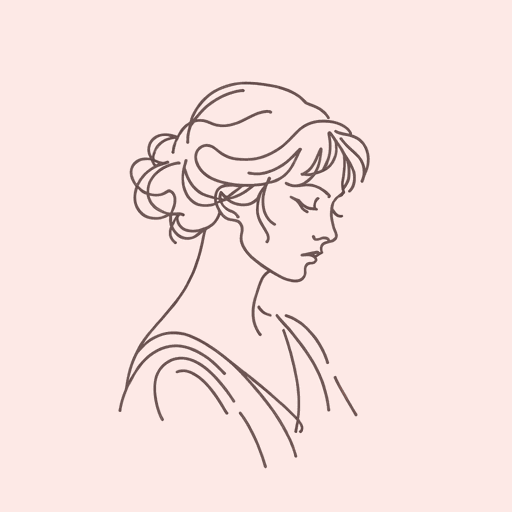
At Home
Anton Chekhov
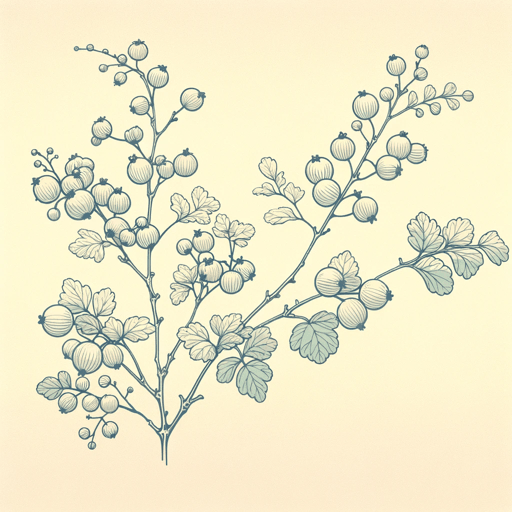
Gooseberries
Anton Chekhov
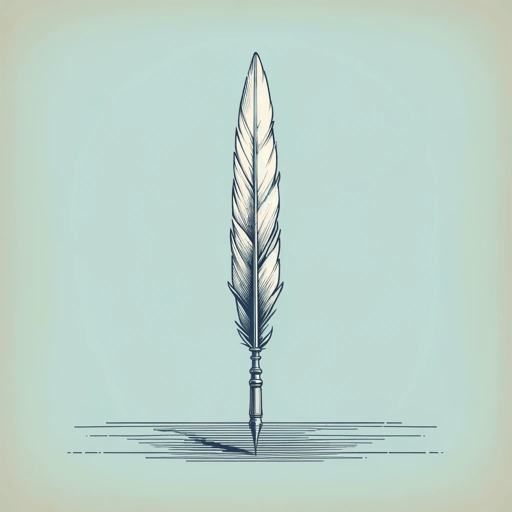
The Bet
Anton Chekhov
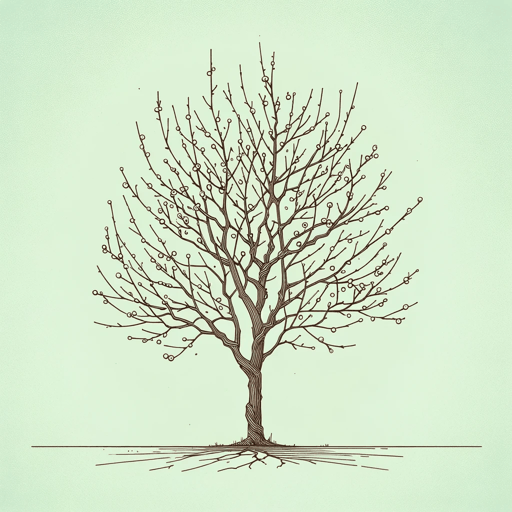
The Cherry Orchard
Anton Chekhov
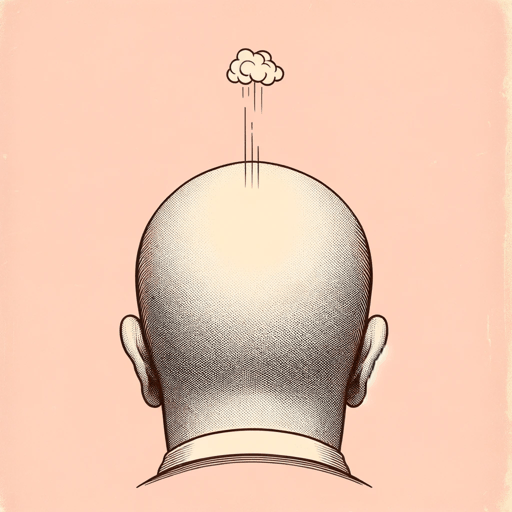
The Death of a Government Clerk
Anton Chekhov
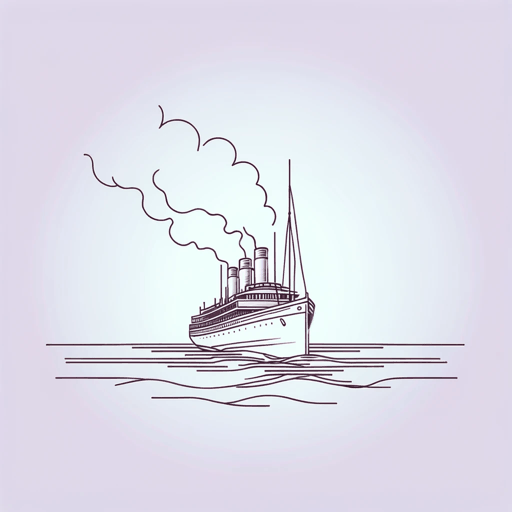
The Duel
Anton Chekhov
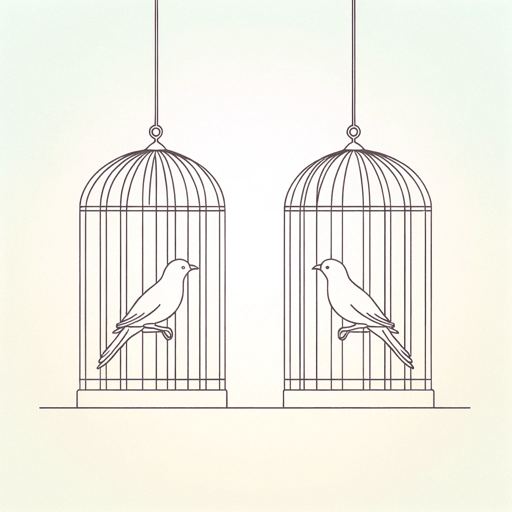
The Lady With The Dog
Anton Chekhov
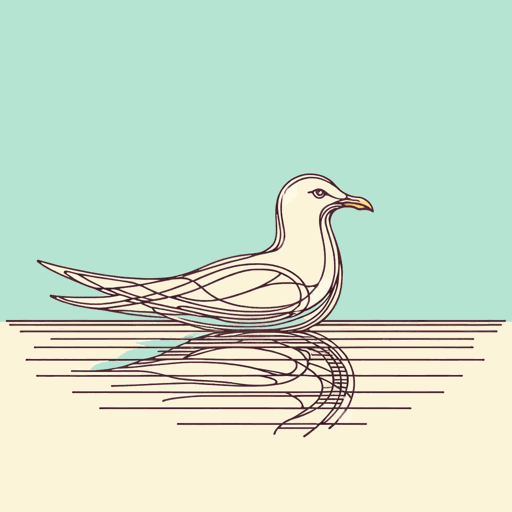
The Seagull
Anton Chekhov

Three Sisters
Anton Chekhov

Uncle Vanya
Anton Chekhov

Vanka
Anton Chekhov
